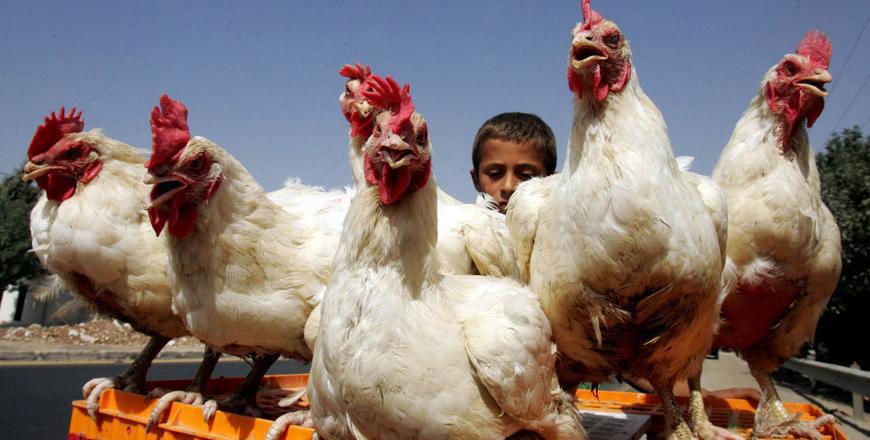You are here
Agri sector to face full brunt of heatwave — sector representatives
By Mays Ibrahim Mustafa - Aug 27,2022 - Last updated at Aug 27,2022

A farmer is seen picking harvest of bell peppers in Aqaba in this recent photo (Photo by Osama Aqarbeh)
AMMAN — The heatwave, which began yesterday and is expected to continue until the beginning of September, is going to have drastic effects on the agricultural sector, according to sector representatives.
The Kingdom is affected by a hot and dry heatwave, marking a continuous increase in temperatures which will reach 39 Celsius on Sunday, 7-8 degrees higher than the seasonal average, the Jordan Meteorological Department (JMD) said in its daily forecast.
President of the Jordanian Farmers Union Mahmoud Oran noted that this rise in temperatures will negatively impact crop production, leading to the early maturation of some fruits and vegetables in addition to an increase in quantities entering the local market, causing a sharp decline in prices, which rely on supply and demand.
“The rise in temperatures will also cause a hike in production costs due to the increase in irrigation needs. Moreover, it will cause agricultural pests and diseases which will be impossible to deal with because farmers can’t use pesticides and fertilisers in this type of weather,” Oran told The Jordan Times.
Chairman of the Jordan Exporters and Producers Association for Fruits and Vegetables (JEPA) Abdalla Al Zaben said that the increase in production will only last for a short period, followed by a shortage caused by the death of crops.
“High temperatures reduce the quality of crops, scorch fruits, cause plants to abort flowers, stunt seeds ability to germinate and cause fruits to drop before maturity,” Zaben told The Jordan Times, adding that all crops will be affected by the heatwave.
He also noted that the sector “can’t take any more hits”, as it has been suffering since the beginning of the season.
Production costs, which include fodder, medicine and labour, have increased by 100 per cent since last year, and most farmers are already selling their crops at less than at-cost prices due to low purchasing power and fears of opening the door to imports of crops that are already available “in abundance” at local farms, according to Zaben.
“The agricultural sector can cover all needs of the local market, expect for those of strategic crops such as grain and feed,” he said.
Zaben added that agriculture in Jordan is “in danger” as many farmers will be forced to leave the profession due to mounting debts and various challenges.
“Despite many talks and promises by the Agriculture Ministry for changes and improvements, we are yet to see them in reality. We need more laws that support local farmers,” he continued.
Oran also warned that poultry farmers will be dealing with a decrease in the feed conversion ratio, which measures the efficiency of livestock production, and an increase in the rate of poultry mortality due to the high temperatures.
According to Board Member of the Jordanian Poultry Producers Association Hassan Abudaqar, modern farms are usually well-prepared to deal with this situation, as they have closed, air-conditioned facilities.
“However, the heatwave will force farmers to keep the air condition on for roughly 15 consecutive hours a day, as the ideal temperature for poultry is 24 Celsius,” he told the Jordan Times.
Abudaqar added that farmers also fear power outages caused by overloaded circuits, “which can lead to a disaster if a farm doesn’t have a backup generator”.
He also noted that small farmers who keep their poultry in open hangars “face greater risks” and that they are advised to increase the amount of provided drinking water and avoid feeding poultry in daytime.
All farmers will also have to provide poultry with vitamin C, antipyretics and aspirin, according to Abudaqar, who noted that “this situation is unprecedented as the sector has never dealt with a rise in temperatures over a time period as long as this one is forecast to last”.
Related Articles
AMMAN — The arrival of the cold season, combined with the global increase in fuel prices, is adding to the burdens of the poultry sector, in
AMMAN — Poultry prices in the Jordanian market have witnessed a 30 per cent decrease during the past week due to the rising operational cost
AMMAN — The heatwave which has affected the Kingdom for the last 10 days is causing a sharp decline in Jordanian farms’ crop yield, accordin


















